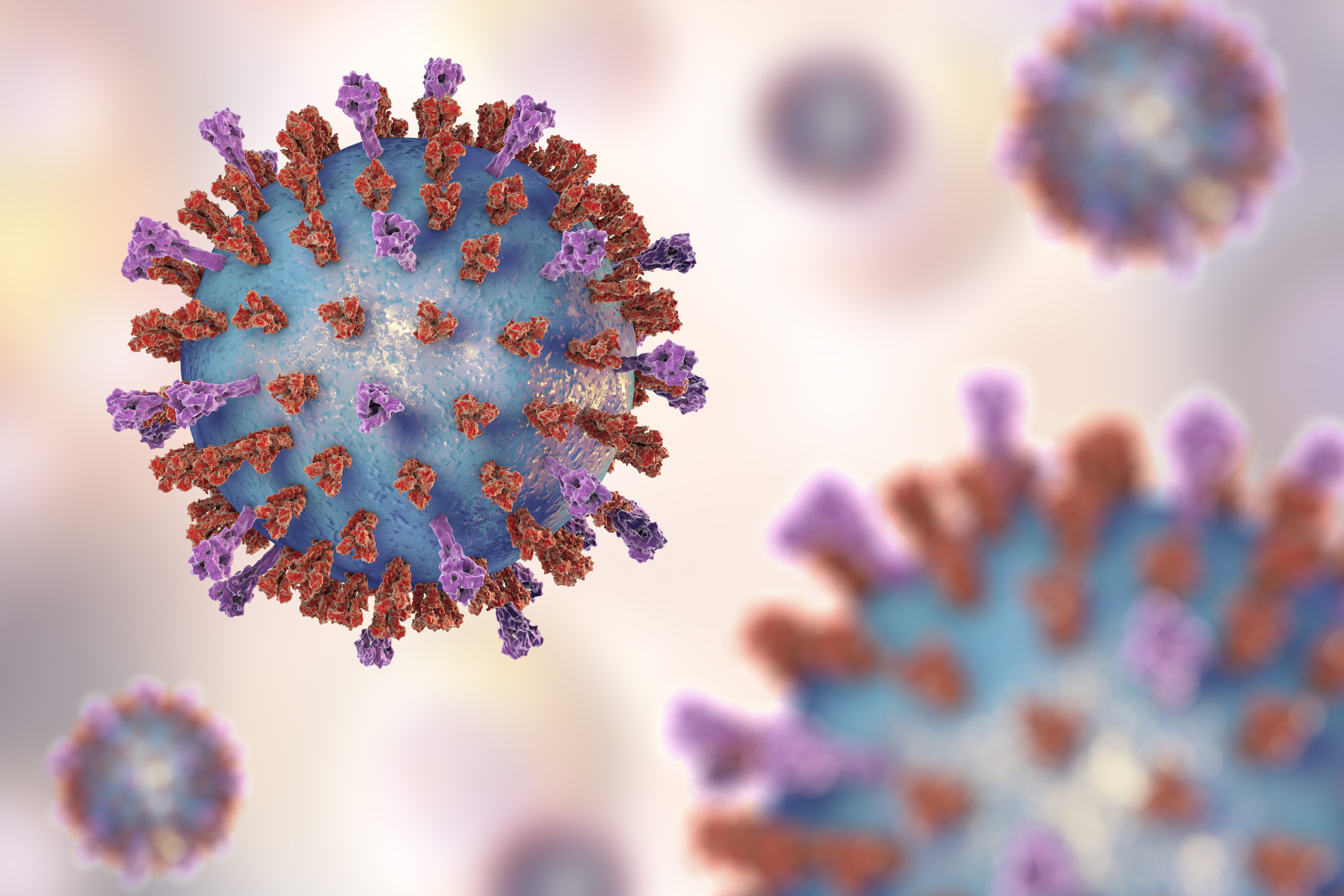
Case of Measles in the Houston Area
A case of measles was recently reported to the Houston Health Department (HHD). The case involved a Houston child between the ages of 1 and 3. This is the first case of measles seen in the city of Houston since 2013.
Given this recent case, it is a good time to review Houston Methodist procedure and steps for handling a suspected measles case. These include early identification, isolation, notification, testing and final diagnosis.
First Step: Early Detection – Be Aware of How Measles Presents
Measles is an acute viral respiratory illness. It is characterized by a fever (as high as 105̊ F) and malaise, cough, coryza (runny nose), and conjunctivitis. These are referred to as the three “C”s. Pathognomic enanthema (koplik spots) in the mouth, followed by a maculopapular rash. The rash usually appears about 14 days after a person is exposed. The rash spreads from the head to the trunk, to the lower extremities.
Patients are considered to be contagious from four days before to four days after the rash appears. Sometimes immunocompromised patients do not develop the rash. Centers for Disease Control (CDC) and Prevention’s Dr. Jane Seward describes measles as clinical features and what to do if a health care provider suspects measles in this five-minute video.
For more pictures of measles, click here to see CDC measles photos.
Second Step: Isolation – Airborne Precautions
Place the patient in airborne isolation (negative pressure room). Staff need to wear the N95 mask they were fit tested to wear, when entering the room. If the patient is not in airborne isolation, they should wear a plain surgical mask.
Third Step: Notify
Notify your facilities infection control (HMSL On Call Infection Preventionist 346.762.3327) of all suspected measles cases. Infection Control will notify the proper health department for follow up with the patient, and anyone who may have been exposed to measles. We are required by Texas Law to report suspected measles cases immediately. Do not delay notifying infection control.
Fourth Step: Testing and Diagnosis
Laboratory confirmation is essential for all sporadic measles cases and all outbreaks. Some of the testing can be ordered in EPIC, such as the measles IgG and IgM. The measles IgM test is used to detect a current measles infection. You may have seen patients with a positive IgG lab test. This is a test used to establish if a patient has immunity or prior exposure to measles. A positive IgG does not mean the patient has measles or that they are contagious.
In addition to this testing, blood samples, urine sample and a throat swab (or nasopharyngeal swab) will be sent to the state lab for testing. This will require coordination with the HMH microbiology lab. Infection control can help coordinating the collection and shipping of these samples, and their final results.
For more information, you can check out these resources or contact your local infection control department:

Leave a Reply